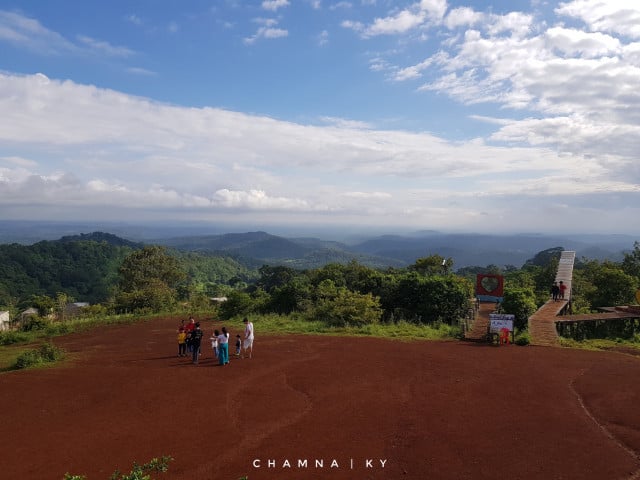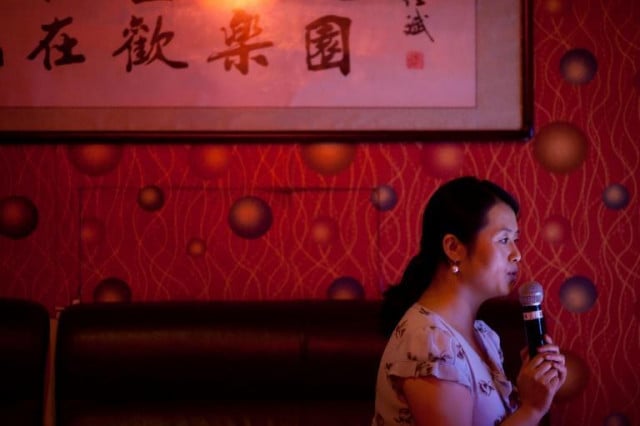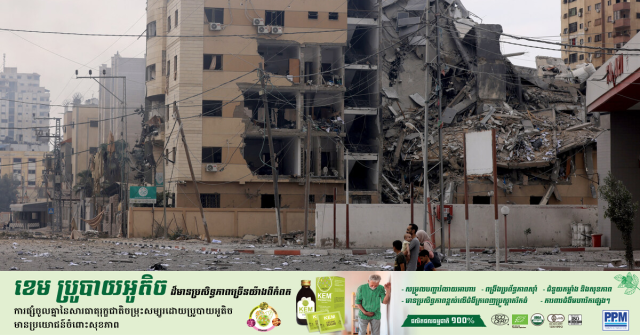Where to Go on This Exceptional Khmer New Year?

- Ky Chamna
- August 17, 2020 12:36 PM
With a range of coastal regions, mountains, temples and attractions, Cambodia offers ample options for local getaways on this unprecedented holiday.
In an era of constant work and 24 hour coverage via social media, the notion of free time and vacation have become something of a privilege. Going on vacation after a hard day’s work is an effective way to strengthen your mental and physical conditions, as well as your emotional capability.
Khmer New Year, the largest national and traditional celebration of Cambodia, which was originally scheduled for April 2020, was canceled due to the Coronavirus Diseases 2019 (COVID-19) pandemic. Over the original dates, certain traditional protocols associated with Khmer New Year were allowed, but only on a small scale and as long as celebrations largely remained indoor.
Following this timeline, the Cambodian government has announced that it would compensate the canceled celebrations by scheduling a replacement holiday from Aug. 17 to 21. This special holiday may provide plenty of time for those in the country to map out a travel plan and explore any of the numerous tourism hotspots that have suffered significantly since the pandemic began.

Geographically, Cambodia comprises many types of terrains. Mountainous areas to the north, flatlands make up much of the middle, while the south and southwest are comprised of coastal areas and archipelagos. As for a bonus, the historical and archeological sites, which are dispersed all across these terrains, can be found pretty much anywhere in Cambodia. It all comes down to making a plan. What should your destination be during this free time? All terrains have their own uniqueness, beauty and also meaning.
For those hoping to cool off and slow down, the mountainous areas of Cambodia offer an alternative to the oppressive heat and the terrain offers unique scenery, as well as a landscape wrought with twisted roads which incline and decline along the foot of the mountains and hills.
Besides the refreshing greenery, low-hanging clouds and geographical elevation, mountainous areas of Mondukiri and Ratanakiri Provinces offer a glimpse into the lives of some of Cambodia’s indigenous peoples.
Visitors can enjoy tribal cuisine, culture and traditions by visiting villages or homestays throughout these provinces and the difficulty of reaching these spots means you’re far more likely to have the place to yourself. This makes it an ideal place for nature-loving tourists to experience some quiet reflection amid the true virginity of nature.
Moving more towards central Cambodia, travelers will encounter the immense vastness of the country’s flatlands and the earnest curiosity of its agricultural communities. These are the parts of Cambodia depicted and detailed in Khmer children’s books and folklore. The seemingly endless acres of rice paddies stretch out to the horizon, broken only by the colossal Tonle Sap Lake and the mighty Mekong River.

While the four major rivers of Cambodia meet in the capital city of Phnom Penh, you can trace the communities living along each of these rivers. These flatland human settlements are rich in history and tradition, with Buddhist pagodas dotting the rivers as they course towards Phnom Penh.
The sea of ripen rice fields gives the land the golden color by waving gently along the direction of the airflow. Palm trees give Cambodia its unique and highly recognizable beauty. These trees make their way all across the Cambodian flatlands by growing side by side with the rice plantation, forming a line of demarcation.
The Tonle Sap Lake, which also exists in harmony with the flatland, covers a huge chunk of the Cambodia’s total land mass. Stood at one of its many edges during the monsoon season, travelers can witness the enormous size of this fresh water lake which stretches well beyond the horizon.
All in all, the most memorable thing about this terrain is its greenish and yellowish rice fields as well as the millions of towering palm trees co-existing together.
Going down south-by-southwest brings you to Cambodia’s coastal regions, which also border the Gulf of Thailand. The seaside area of Cambodia is among the most visited destination nationally, very much comparable to that of the archeological park of Angkor Wat. Aside from a range of islands, Cambodia’s coastal provinces also boast a beautiful series of mountain ranges from which one can see the sea—a spectacular sight to behold at sunset.

While the city of Sihanoukville has arguably lost much of its seaside charm after falling victim to Cambodia’s thirst for rapid development, it still provides a launch-pad to other destinations nearby.
A bit further inland brings visitors to the extraordinary view of the mangrove forests that thrive along the salt water streams, the subsidiary blood vessels from the ocean. These streams, like the one in Chi Phat district, Koh Kong Province, provide a fantastic yet realistic view of the landscape made up of winding saltwater streams with their algae-rich ecosystems.
Kampot has managed to retain its sleepy seaside culture and is situated just a short drive away from Kep—where white sandy beaches and fresh seafood are in abundance. Kampot itself is famed for its durian fruit plantations, quality food and most importantly, black pepper.
The seashore does not mark the end of the adventures to be had in Cambodia as those wishing to explore further away from the mainland can hop from island to island with relative ease—even during the wet season. Koh Rong, Koh Rong Samloeun and Koy Tun Say have all grown in popularity in recent years, offering a mixture of party island vibes and relaxed diving spots.
Despite this rich variety of terrain and attractions, Cambodia is best-known for its temples that have survived the centuries, seen the rise and fall of many empires and have become iconic in people’s association with the country. These architectural marvels date back as far as the 5th century and can be found all around the country, but each is unique and offers a fascinating glimpse into a specific point in history.
From the temples in the Angkor Borey area, Takeo Province in the south, to the Preah Vihear temple in the north, there is much to be learnt and gained from visiting these temples. The Angkor Park, an internationally recognized archeological site, is among the most visited destinations in the world. Walking inside the Angkor Park is akin like walking through history as the ruins of an ancient city loom in from all sides.

Angkor Wat has certainly stolen the hearts of many visitors, but it would be unfair to say this is the only attraction as thousands of temples are scattered throughout Cambodia’s provinces—some are too small or have fallen too far into disrepair to be recognized these days. There exists a multitude of temple ruins that, untouched by human hands, retain a degree of mystery and wonder to them.
No matter where you go, Cambodia offers a diverse range of options for travels over this week’s holiday. The salty sea air breezes in from the coastal south, the ripe scent of rice plantations hover around Battambang and the majesty of the Royal Palace remains the jewel in Phnom Penh’s crown, but Cambodia is more than the sum of its parts. The destinations each present an opportunity, but throughout it is the people who make it a charmed place to travel.
















